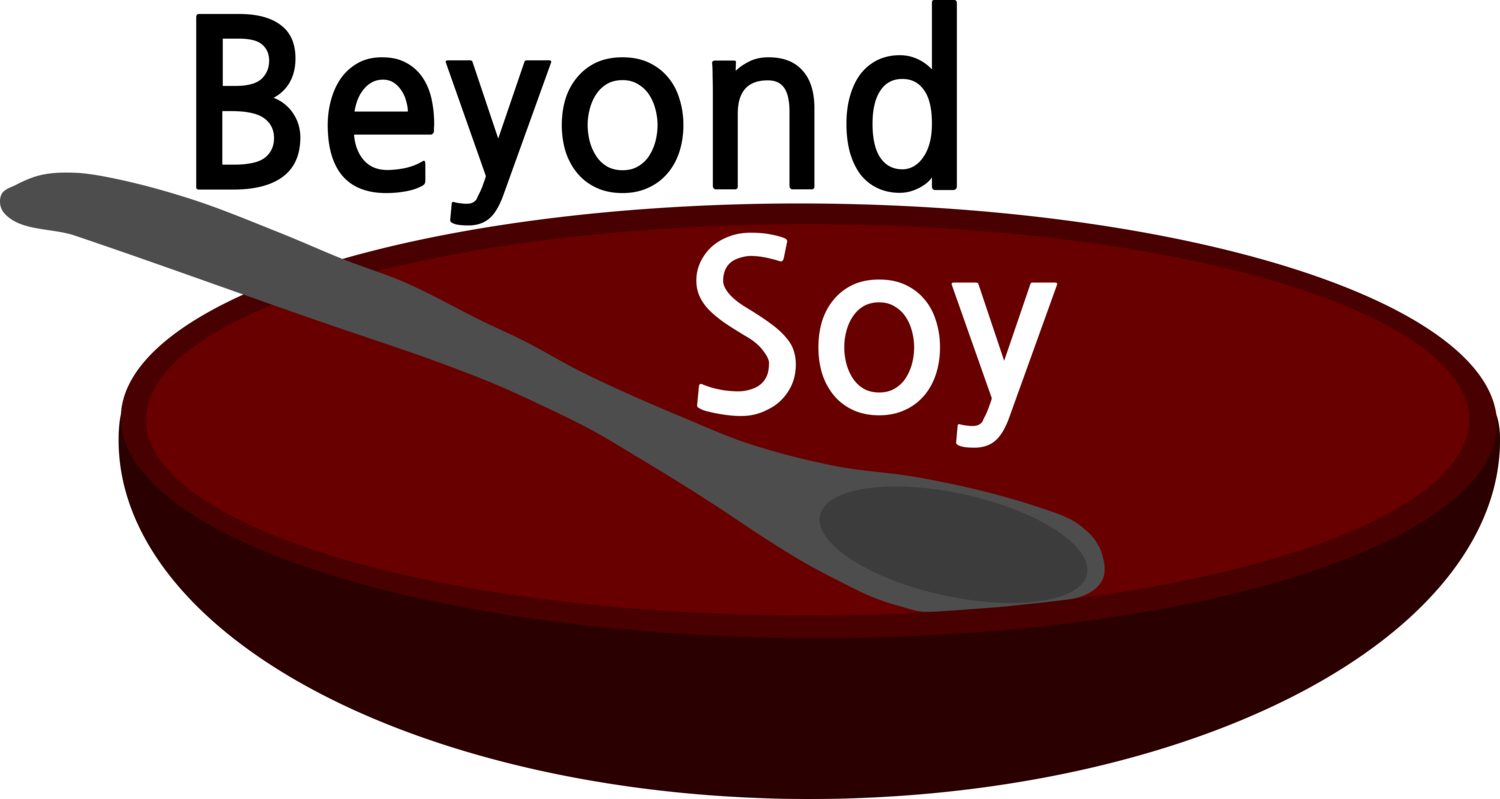The Food Journal
/Hello! Welcome to Beyond Soy!
A food journal is a helpful tool to figure out if specific foods are causing you to feel bad, especially during an elimination diet. Food journaling can identify problem foods and keep track of how you feel throughout the day.
To keep a food journal, write down everything (absolutely everything!) that you eat and when you ate it throughout the day. Also write down anytime you don't feel well and how exactly you feel. Putting this information into the same list allows you to see trends in your diet/wellness and identify problem foods.
Image via pixabay
For example, if your joints hurt one evening, you can look back and see that you had pizza at a work lunch (yes, unfortunately, most pizza contains soy). Or you can see that you get a headache every morning around 10:00, but by looking in your journal you can identify that you don't get a headache on the days when you drink coffee.
It is hard to remember how you felt yesterday (if you are anything like me, it is also hard to remember what you ate yesterday). Keeping a food journal allows you to look back and see when else you felt this way, and what you ate beforehand.
During our elimination diet, Ashley used her food journal to keep track of exactly how she was feeling. It provided a quantitative resource that showed real results. At the beginning, keeping a food journal was hard to do. It was difficult to remember to pull it out. How often do we just grab a quick snack without thinking? Over time it got easier and really became part of the process of eating. After the elimination diet was over, Ashley continued to use a food journal, but it provided a different benefit. After we ate out, Ashley would track what she ate and how she felt. This helped us learn what foods contained soy and what things to avoid at restaurants.
Currently, Ashley and I don't keep food journals. After several months of being soy-free and feeling pretty good, we felt like we had a pretty good handle on what we could and couldn't eat and didn't need the day-to-day tracking that a food journal provides. That being said, we wouldn't hesitate to start one up again if needed.
If Ashley does eat soy accidentally, we think back to identify what we ate that might have been the culprit. Because we don't keep a food journal, sometimes we can't figure out what we ate that was bad. That's the price that we pay for not keeping an ongoing food journal.
Using a food journal can help to connect the dots between a problem food and feeling bad. Think of it as a tool to help you identify why you feel bad and if that feeling is food-related.









